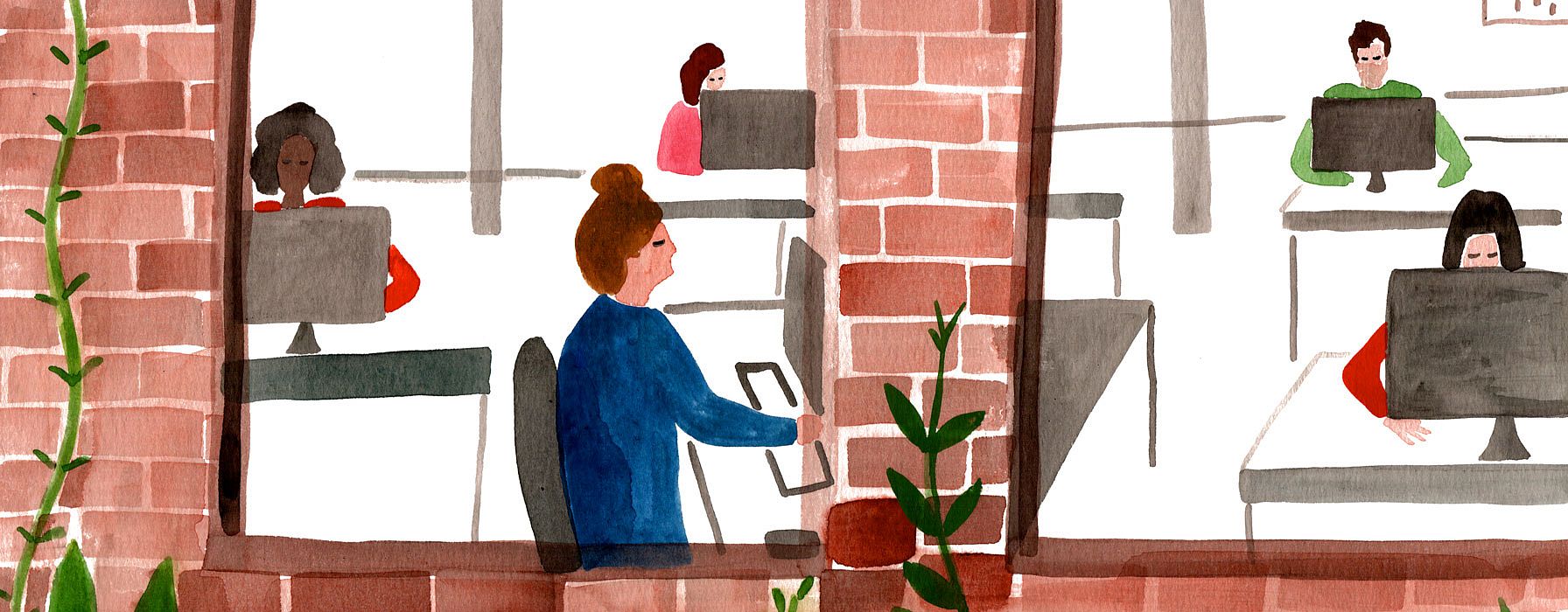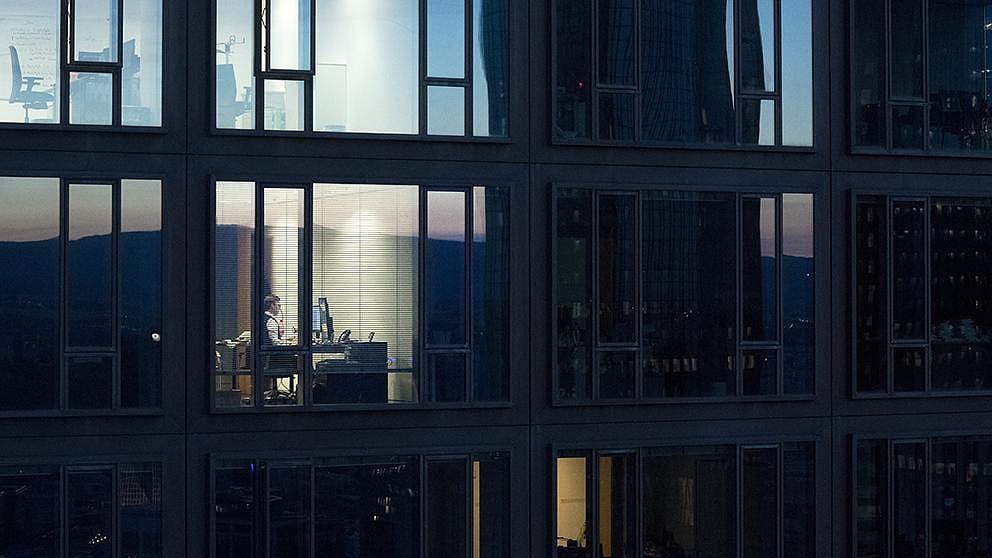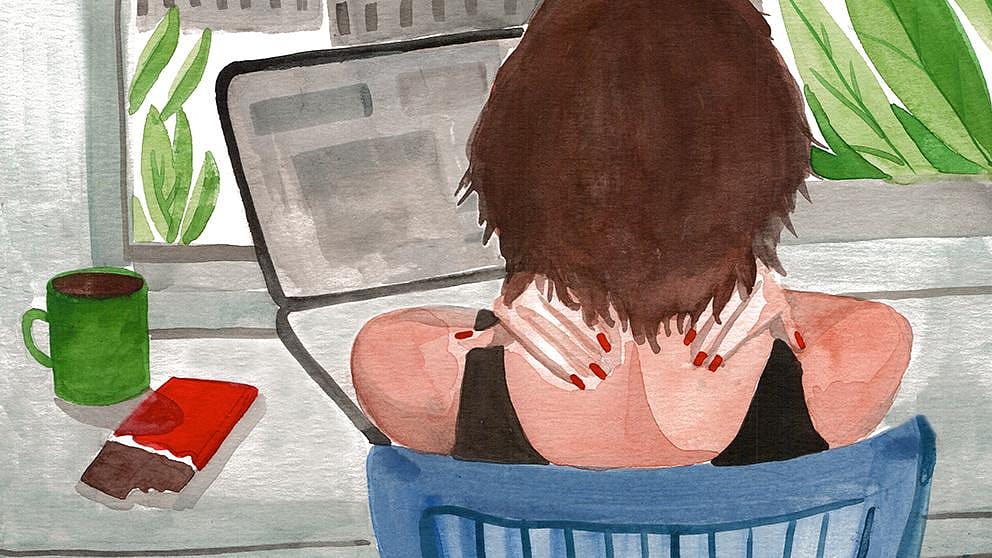Update on the Indoor Generation
On average, we spend between 80 and 90 percent of our lifetime in closed and frequently air-conditioned rooms: at home, at work or during leisure activities. These figures apply above all to people living in northern Europe and North America. But even in the southern hemisphere and above all in Asian countries, life in closed, air-conditioned rooms is increasingly becoming a matter of course.
Even when we’re on the move in airplanes, subways, long-distance trains or cars, we navigate the world in climate-controlled vehicles made of metal and plastic. Nowadays windows on public transport can usually no longer be opened. Photographs of people leaning out of a departing train to wave to their loved ones have become relics from a bygone era.
The rising cost of cool spaces
90 percent of American households have air conditioning. However, only 8 percent of the world’s population currently has air conditioning. According to the report, The Future of Cooling, by the International Energy Agency (IEA), this could change quickly. It estimates that the number of air-conditioning systems worldwide will rise from 1.6 billion today to 5.6 billion by the middle of this century. That would mean that the cooling of interiors and vehicles alone would consume as much electricity as that consumed by the whole of China today. The greenhouse gas emissions released by coal and natural gas plants in generating the electricity needed to power these air conditioners is expected to nearly double, from 1.25 billion tonnes in 2016 to 2.28 billion tonnes in 2050.
Indoor pollution
According to the World Health Organization (WHO), 20 to 30 percent of all office workers complain of symptoms such as burning eyes, hoarse throat, stuffy nose or headaches, skin irritation, dizziness or poor concentration. Such building-related health disorders are referred to as “sick building syndrome” (SBS) or “building-related illness” (BRI). In BRI, demonstrable causes include exposure to specific allergens, microbes or chemicals. The causes of SBS, however, remain unclear, and are thought to involve psychosomatic complaints as well. Even at home we are not necessarily doing well, where the concentration of dust, especially that of the ultrafine particles, can be considerably higher. This is caused by smoking, vacuuming without a good filter, cooking and roasting food, as well as home office equipment, burning candles, open fireplaces, cleaning agents, and products made of plastic. Since air becomes trapped within our own four walls, the particulate air pollution at home is often higher than it is outdoors.
Sunlight and movement
What happened? Nearly 90 percent of all Chinese teenagers are nearsighted, and the situation is similar in South Korea, Singapore and Taiwan. In the USA and Europe about half of all adolescents are affected by high rates of myopia. The reason? Children and adolescents spend too much of their lives indoors, and too much time in front of electronic devices. Without sufficient daylight, the retina of the eye produces too little dopamine. This allows the eyeball to grow unhindered in length, a decisive factor in the development of nearsightedness.
Another health problem related to our indoor activity: sitting. Sitting for more than three hours a day can reduce life expectancy, according to researchers at the Pennington Biomedical Research Center in Louisiana, USA, who compared the data of around 17,000 people. Other studies have shown that office workers spend an average of 80,000 hours seated during their working life. And even children are spending about 70 percent of the day sitting.
References
http://www.apug.de/archiv/pdf/BMU_bericht_innenraumluft_2005
https://www.baustoffwissen.de/baustoffe/baustoffknowhow/forschung_technik_trends/velux-studie-indoor-generation-die-auswirkungen-des-modernen-lebens-auf-gesundheit-wohlbefinden-und-produktivitaet-2018/
www.nytimes.com/2018/05/15/climate/air-conditioning.html)
www.iea.org/publications/freepublications/publication/The_Future_of_Cooling.pdf
www.epa.gov/sites/production/files/2014-08/documents/sick_building_factsheet.pdf
https://www.umweltbundesamt.de/themen/gesundheit/belastung-des-menschen-ermitteln/umweltmedizin/sick-building-syndrom
https://www.umweltbundesamt.de/themen/gesundheit/umwelteinfluesse-auf-den-menschen/innenraumluft/feinstaub-in-innenraeumen
https://www.spektrum.de/news/gegenmassnahmen-gegen-kurzsichtigkeit/1455215
https://www.aerzteblatt.de/archiv/193148/Myopieprophylaxe
https://www.pbrc.edu/news/press-releases/?ArticleID=152
https://www.dvgs.de/de/aktuelles/749-bewegt-euch-kinder-sitzen-fast-70-prozent-ihrer-wachen-zeit.html










